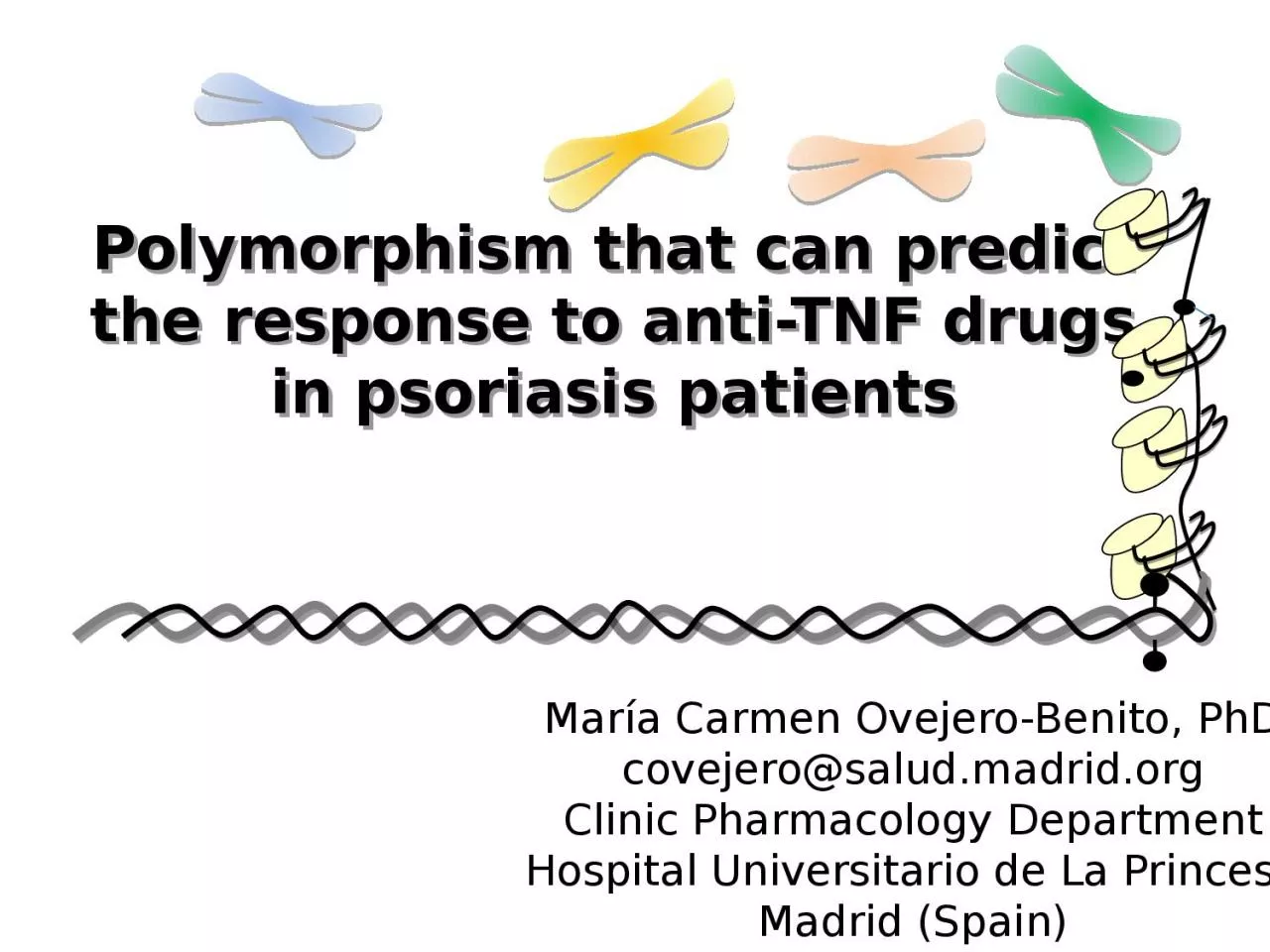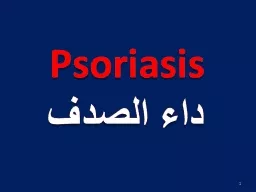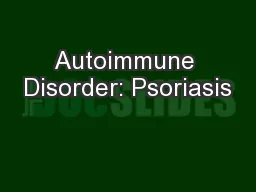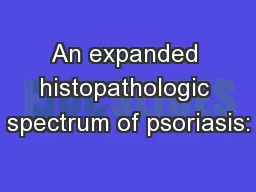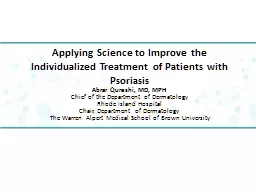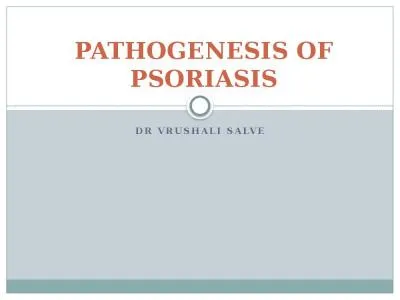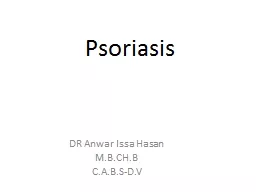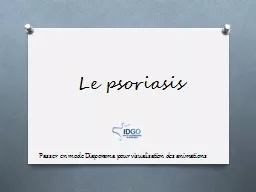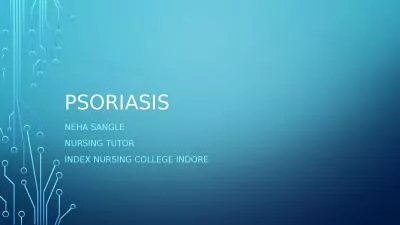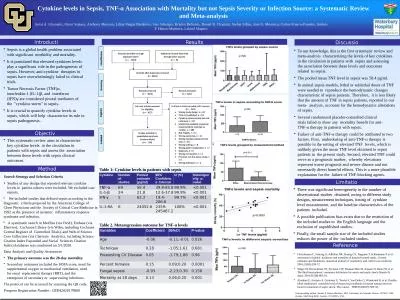PPT-Polymorphism that can predict the response to anti-TNF drugs in psoriasis patients
Author : Tornadomaster | Published Date : 2022-08-04
María Carmen OvejeroBenito PhD covejerosaludmadridorg Clinic Pharmacology Department Hospital Universitario de La Princesa Madrid Spain Psoriasis is a clinical
Presentation Embed Code
Download Presentation
Download Presentation The PPT/PDF document "Polymorphism that can predict the respon..." is the property of its rightful owner. Permission is granted to download and print the materials on this website for personal, non-commercial use only, and to display it on your personal computer provided you do not modify the materials and that you retain all copyright notices contained in the materials. By downloading content from our website, you accept the terms of this agreement.
Polymorphism that can predict the response to anti-TNF drugs in psoriasis patients: Transcript
Download Rules Of Document
"Polymorphism that can predict the response to anti-TNF drugs in psoriasis patients"The content belongs to its owner. You may download and print it for personal use, without modification, and keep all copyright notices. By downloading, you agree to these terms.
Related Documents

